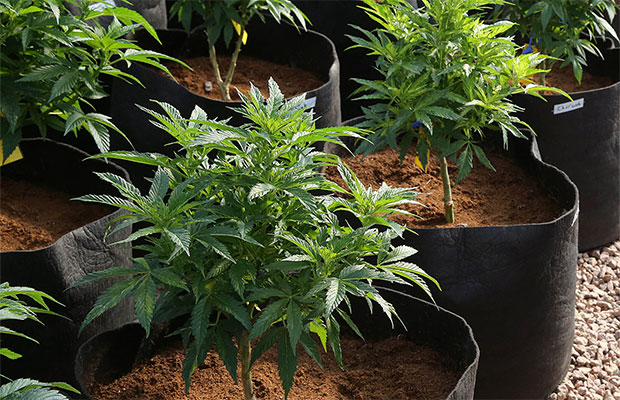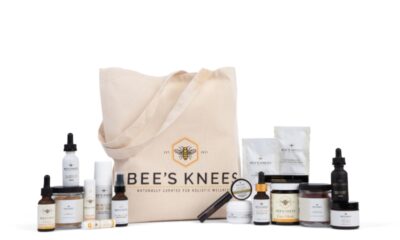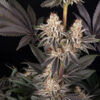
Cannabis
Banned Buds Week: Charlotte’s Web
Oregon puts kibosh on Girl Scout Cookies, Charlotte’s Web, 18 other strain names that “appeal to children” – but only the names. We’re highlighting these strains during Banned Buds Week.
Few children’s stories have had the staying power of “Charlotte’s Web,” New Yorker writer E.B. White’s legendary tale of salvation and friendship – and, ultimately, death, grieving, and moving on – told through the transient lives of farm animals. (This must have been a post-World War II thing, or maybe it’s just a coincidence that the contemporary political parable for adults, “Animal Farm,” also had sentient swine.)
Nothing about any of this has anything to do with Charlotte Figi, who was five years old when Colorado cannabis producers Realm of Caring named their high-CBD strain – Charlotte’s web – after her in 2012. The next year, Charlotte’s Web (the strain) catapulted to international fame when CNN’s Sanjay Gupta featured Charlotte Figi, her battle with childhood epilepsy, and the relief she enjoyed when using cannabis and cannabis extracts rich in cannabidiol. Since then, Charlotte’s Web has slowly become synonymous with child-friendly, non-psychoactive cannabis, enough for Realm of Caring to trademark Charlotte’s Web and created a product line using the name.
Realm of Caring insists that Charlotte’s Web has more in common with the wild hemp growing along roadsides in the Midwest than dispensary-quality cannabis – in fact, they say this strain is cannabis that was actively bred with hemp. This is the stated reason why Charlotte’s Web has THC levels clocking in well below 1 percent – making it unique even among high-CBD strains for having next to no THC. While some researchers and advocates believe THC is a necessary component even in medical marijuana – the notion is that THC, CBD, other cannabinoids and even a strain’s terpenes all work in concert in something known as the “entourage effect” – Charlotte’s Web has THC levels of 0.3 percent, compared to ratios of 1-to-1 or 5-to-1 in other known high-CBD strains like AC/DC, Cannatonic, or Harlequin.
In Charlotte Figi’s case, Charlotte’s Web flower is the source of the cannabis oil she used to go from 300 grand mal seizures a week – an intolerable standard of living in which cognitive development is stunted – to one or two. Not that you can’t smoke it – and, apparently, not that it can’t get you high. Users on Leafly report an earthy and piney scent – perhaps it has some kush parentage along with the ditchweed? – along with mood elevation and anxiety relief, all effects consistent with doses of CBD. Nevertheless, Charlotte Figi’s immense success with the strain is why, according to CNN, the Realm of Caring Foundation named the strain after her.
Which makes the Oregon Liquor Control Commission’s choice to ban Charlotte’s Web as a strain name – based on its appeal to children – all the more ironic. Because: it is meant to appeal to children – very sick children with Dravet’s Syndrome and other sources of intractable epilepsy. Cannabis is still in a very early stage when it comes to branding and marketing, and since interstate commerce is still banned, we can’t know which offerings of Charlotte’s Web found in Oregon dispensaries are genetically identical to the Colorado original, if any. What we do know is that banning a strain named after a sick child who found healing based on its appeal to children is one of the more amusing episodes we’ve seen in the late states of the drug war – or it would be, if it weren’t so boneheaded.
Have you ever tried the elusive Charlotte’s Web strain? What other banned buds have you smoked?




















